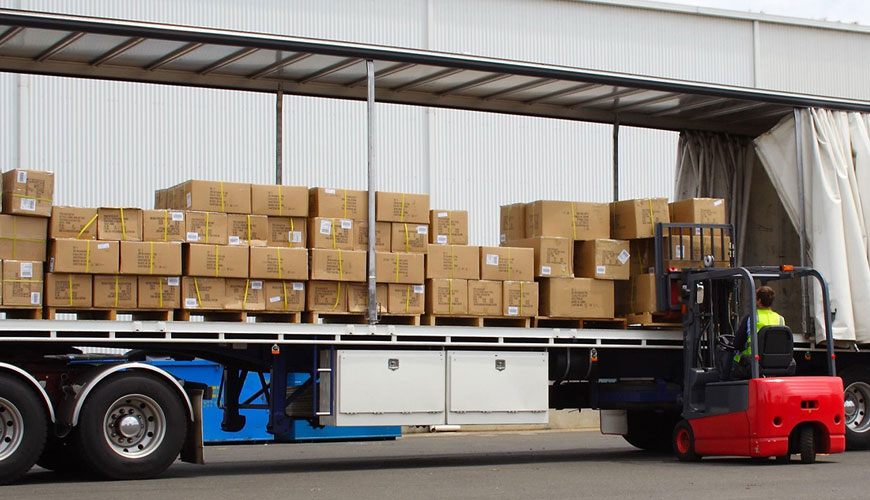

EUROLAB laboratory provides testing and compliance services within the scope of ASTM D6055 test standard. The purpose of ASTM D6055 shipping container testing is to determine unit loads, large crates and their integrity. The standard evaluates the ability of components to withstand normal use using mechanical handling equipment. This test standard is not designed for individual drums or track drums.

It covers the following methods:
This standard does not purport to address all, if any, safety concerns associated with its use. It is the responsibility of the user of this standard to establish appropriate safety, health and environmental practices and to determine the applicability of regulatory restrictions prior to use.
EUROLAB assists manufacturers with ASTM D6055 test compliance. Our test experts, with their professional working mission and principles, provide you, our manufacturers and suppliers, the best service and controlled testing process in our laboratories. Thanks to these services, businesses receive more effective, high-performance and quality testing services and provide safe, fast and uninterrupted service to their customers.
To get an appointment, to get more detailed information or to request an evaluation, you can ask us to fill in our form and reach you.